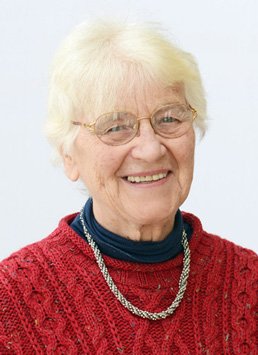Society for the Study of Women Philosophers, Inc.
a non-profit, tax-exempt educational charity 501(c)3 Internal Revenue Code
Belle van Zuylen
(Isabelle de la Charrière)
1740-1805
Feminist moral & political philosophy
|
Kate Lindemann's Women Philosophers pages |
 |
Remember!! Your purchase of books by clicking on Abe Books or Amazon links through this site earns us a small commission that is used to provide travel scholarships. |
Belle van Zuylen: Chronology
1740 Helena Jacoba de Vicq, who was a wealthy lady from Amsterdam married to a nobleman, Diedrik Jacob van Tuyll van Serooskerken, gave birth to Belle (Isabella Agneta Elisabeth van Tuyll van Serooskerken) near Utrecht in Castle Zuylen, Netherlands. She was the first of seven children.
Little is known of her early life. She was educated at home.
1750 Belle traveled. She went to Switzerland, where she spent time in Geneva, and she went to Paris, France. During this trip she became fluent in French and this became her preferred language for the rest of her life. Her tutor was Jeanne Louise Prevost, a Swiss governess. Through her educational experience Belle van Zuylen became a very independent woman.
1760 She met David Louis de Constant d'Hermenches, a Swiss army colonel. Although he was married the two started an intimate correspondence which lasted for many years.
1762/3 She published a novel highly critical of the nobility, Le Noble, anonymously. When her authorship became known, her parents withdrew her novel from publication. Her response was to limit herself to correspondence and privately circulated works as a way of sharinging her ideas.
In this same year James Boswell, a lawyer and biographer of Samuel Johnson who was a frequent visitor at the castle, started correspondence with her. He also proposed marriage but she refused him saying: "I have sufficient mental ability to manage without a husband and without a household; I do not need, as they say, to be looked after."
1771 at the age of 31 she married Charles-Emmanuel de Charriere de Penthaz, a man who she met while he acted as tutor to her brother. The couple settled at Le Pontet in Colmbier, Switzerland.
1783 Belle resumed traveling. She moved through Switzerland as well as Paris and London, where she was a guest of David Hume, the philosopher.
1784 Belle van Zuylen published two novels Lettres Neuchâteloises and Lettres de Mistriss Henley publiée par son amie.
1786 She began a correspondence, relationship with Benjamin Constant, a nephew of David Louis de Constant d'Hermenches.
1789 She helped in the posthumous publication of Confessions by Jean Jacques Rousseau, a philosopher whose work she admired.
Around this time she published some of her own essays about Rousseau's work. During the Revolution she gave hospitality to some nobility who fled to Neuchâtel. At the same time she was critical of them as not having learned anything from the revolution.
Works by Belle van Zuylen:
Lettres Neuchâteloises
Mistress Henley
1785 Lettres écrites de Lausanne
1787 Caliste, ou suite des Lettres écrites de Lausanne
1787 -1788, Observations et conjectures politiques,
1793 L'émigré, Lettres trouvées dans des portefeuilles d'émigré
1796 Trois femmes,- this work includes a review of Kant's notion of duty.
1799 Les Ruines d'Yedburg
1806 Sir Walter Finch et son fils William (published posthumously).
1979 - 84 Oeuvre Complètes - includes her voluminous correspondence.
Three of her musical composition can be heard by going to: Belle van Zuylen musical compositions
Some of her letters can be read at Project Guttenberg: Lettres
Secondary sources
Rooksby, Emma. "Moral theory in the fiction of Isabelle de Charriere: the case of Three Women" Hypatia January 01, 2005,
http://www.accessmylibrary.com/article-1G1-128064625/moral-theory-fiction-isabelle.html
Books by and about Belle van Zuylen/Isabelle de la Charriere
http://www.enotes.com/nineteenth-century-criticism/de-charriere-isabelle
This page was updated 30 October, 2014
Society for the Study of Women Philosophers